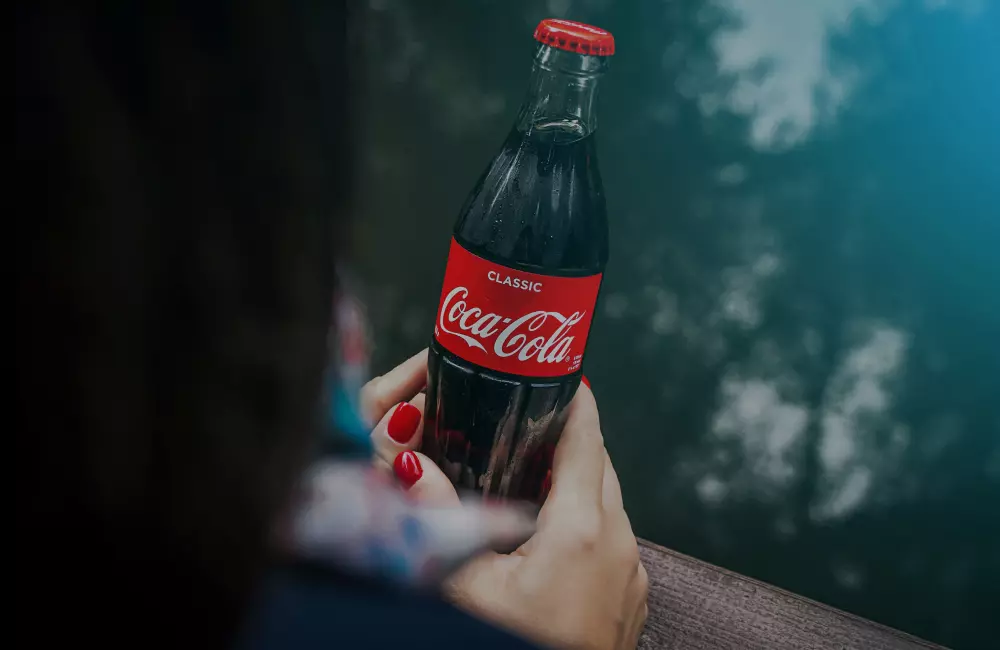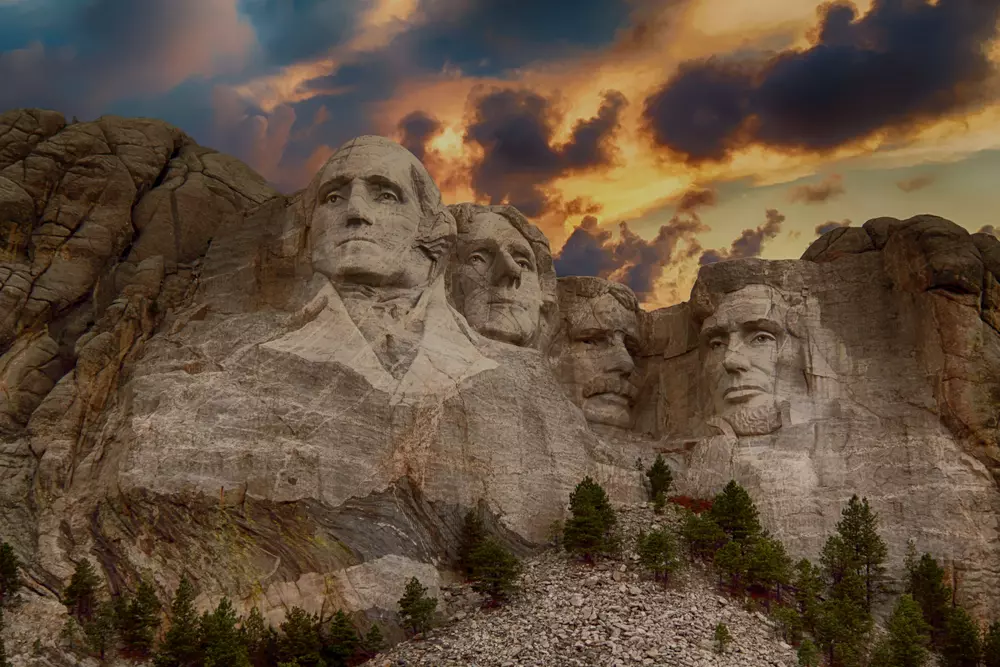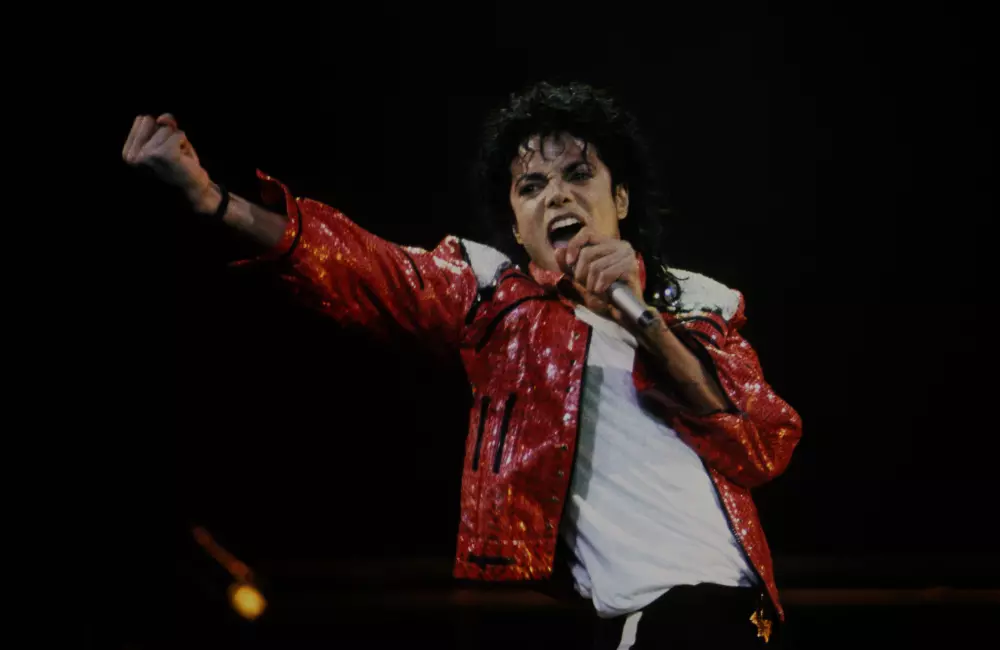Subcultures of the 1970s-2000s in the USA: From Punk to Emo
In the first part of our series on the history of American subcultures, we covered Zoot Suits, bikers, hipsters, beatniks, and hippies. Today, we delve into subcultures where music and the search for new sounds took center stage.
This article presents another portion of useful and fascinating information about American subcultures! This time, we explore musical movements that not only revolutionized sound but also introduced unique images, life philosophies, and memorable styles.
You’ll discover what sets apart British punks from their American counterparts, why hip-hop is more than just music, how grunge and indie became subcultural siblings, and that emo is about more than just tearful teens with side-swept bangs.
Hippies, hipsters, beatniks, bikers… The first American subcultures
Punk Rockers of the 70s: A Rebellion Against the System
After the vibrant youth movements of the 40s-60s, American subcultures entered a period of stagnation. There was a generational gap, and internal societal issues like racial intolerance and regional and ethnic conflicts were being resolved peacefully. People had become accustomed to the constant emergence of new movements. Without novelty, the necessary sense of urgency for counterculture was missing. Youth was stuck in a rut until England introduced the US to its rapidly growing subculture: punk.
To understand punks, think of hippies and do the opposite. Instead of harmony with the world, there was aggression and sabotage. Instead of communing with nature, punks embraced urban decay and “dumpster life.” Melodic songs were replaced by amateur street rock, and cheerful, light clothing was traded for black leather jackets, spikes, and heavy boots. That was punk on the outskirts of London.
In America, London’s punk fused with Parisian literary culture, creating a new, alternative subculture. Unlike in England, where punks were often the lower middle and working classes, in the US, punk became somewhat elitist. It romanticized the darker sides of human nature, night life, and even drug addiction. Music moved from garages to small clubs, and bands like Television, The Velvet Underground, Ramones, and the beat-inspired singer Patti Smith gained popularity.
The punk image was shocking: T-shirts with provocative slogans, dog collars, brightly colored hair styled in sharp spikes, and plenty of pins and studs. Soon, punk’s image became so mainstream that punk bands were invited on TV, radio, and signed record deals. A subculture that had positioned itself against society and all previous cultures found itself under the control of show business, leading to a new subcultural crisis.
Key Features of Punk Culture
- Protest
Punks rejected social norms and opposed the system, demanding change. - DIY Ethos
Many punk bands preferred to record and distribute their music themselves, avoiding major labels. - Aesthetics
Grittiness, minimalism, and aggression defined the punk style.
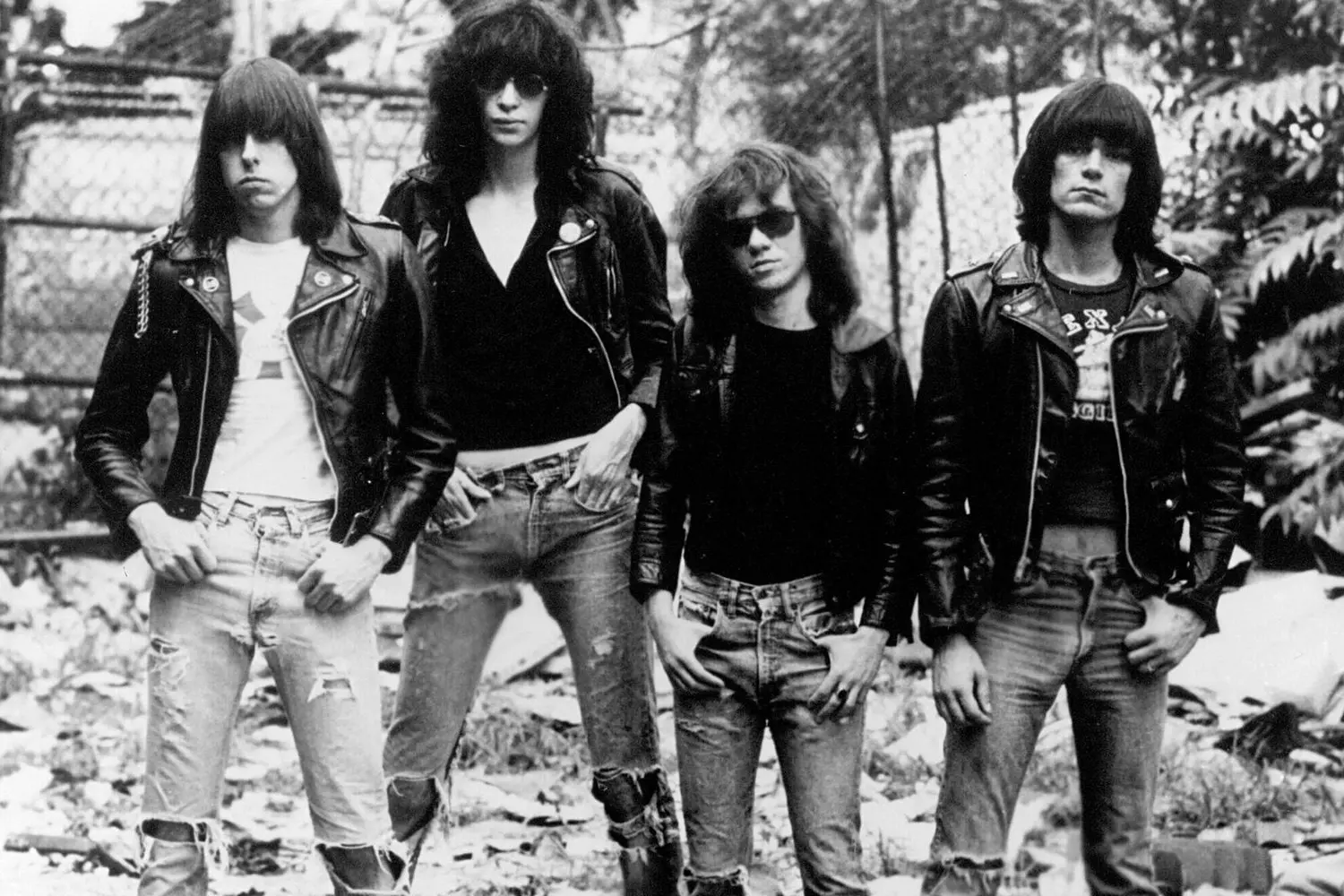
The Return of Black Subcultures: Hip-Hop in the 80s
Just when everyone thought new trends were the domain of white culture, Black youth from New York's ghettos reminded the world of their presence. Hip-hop emerged on the streets of the Bronx among working-class African-American youth, focused on opposing authority, police, and injustice.
Hip-hop as a subculture includes several elements:
- Rap and Hip-Hop (from "hip" meaning "moving parts of the body" and "hop" meaning "movement");
- DJing;
- Breakdancing;
- Graffiti.
Participants in this counterculture were called B-boys (from “beat”) and flygirls. Their style featured caps, bandanas, baggy clothes, simple T-shirts, sneakers, and lots of jewelry — chains, rings, and bracelets.
The Sugarhill Gang introduced USA ghetto music to a broader audience in 1979 with the single “Rapper’s Delight.” Soon, groups like Run-DMC, Mantronix, Beastie Boys, MC Hammer, and Kris Kross followed. Hip-hop began to splinter into various subgenres and continues to dominate the music market today.
Key Features of Hip-Hop Culture
- Authenticity
Hip-hop reflects the reality of street life, the struggle for freedom and justice. - Creativity
Self-expression through music, dance, and visual art. - Community
Hip-hop is not just a culture but a community united by common ideals and a fight for rights.
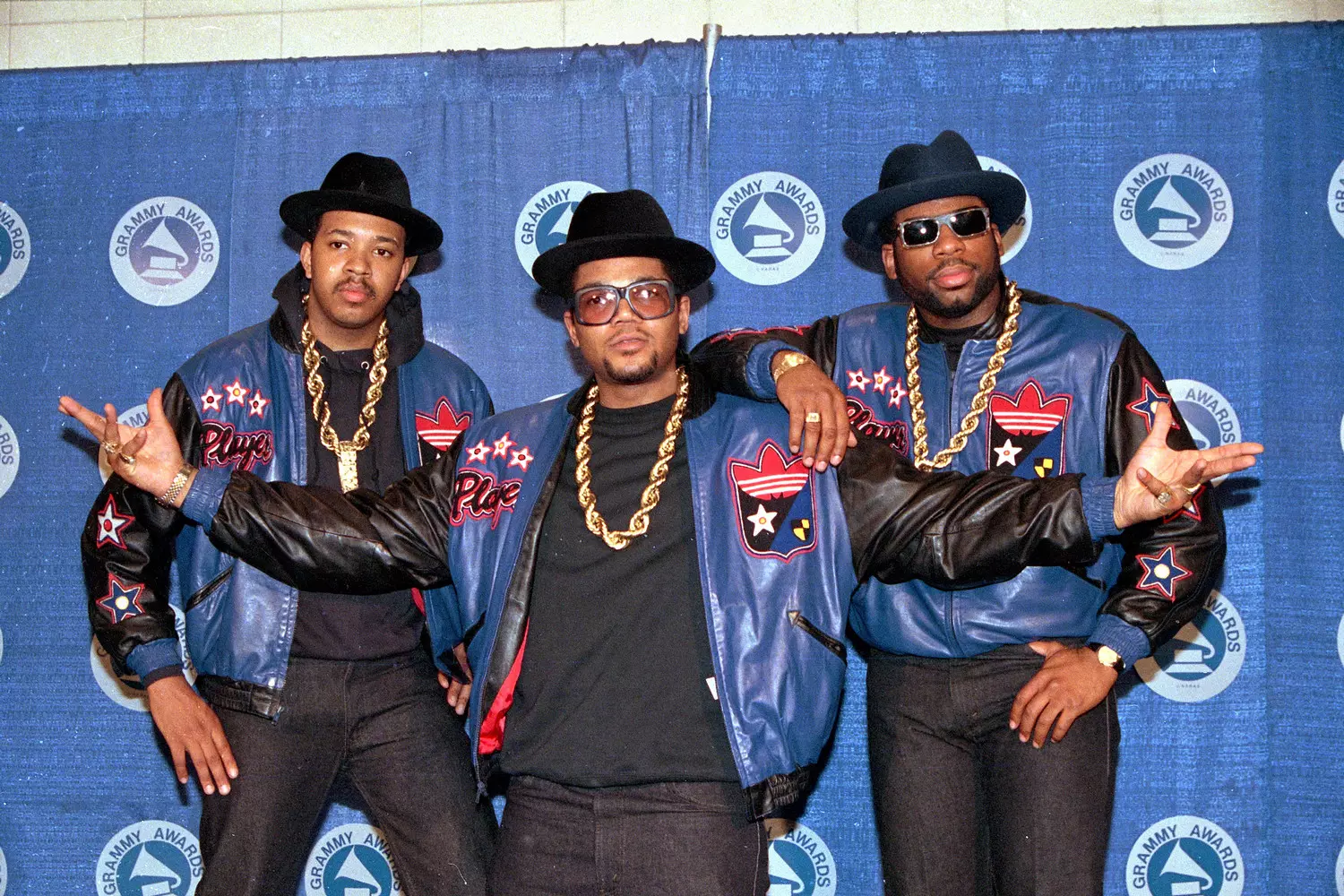
Grunge: The Musical Revolution of the 90s
Another subculture emerged in America, again thanks to England. Experiencing a crisis, the youth once again sought alternative self-expression, leading to the emergence of "Indie" (from "independent"). This movement incorporated elements from various other US subcultures: the simplicity and poverty of beatniks, the hairstyles of "Swinging London," the ripped jeans and heavy boots of punks. After American music markets were flooded with albums from bands like My Bloody Valentine, The Smiths, and Joy Division, American youth adopted the movement, putting their own spin on it.
This gave birth to the grunge subculture in Seattle. Its music was unusual: a mix of American rock and English punk, with lyrics characterized by darkness, apathy, and loneliness.
Bands like Soundgarden, Nirvana, and Pearl Jam gained popularity. However, just like punk, grunge quickly became mainstream and lost its appeal to revolutionary youth. As it merged with mainstream culture, grunge grew in global popularity but lost its true followers.
Key Features of Grunge
- Authenticity
Grunge philosophy was based on rejecting pretentiousness and fakery. - Melancholy
Lyrics often dealt with themes of loneliness, depression, and inner conflict. - Fashion Rejection
Grungers wore whatever was comfortable, paying no attention to style or brands.
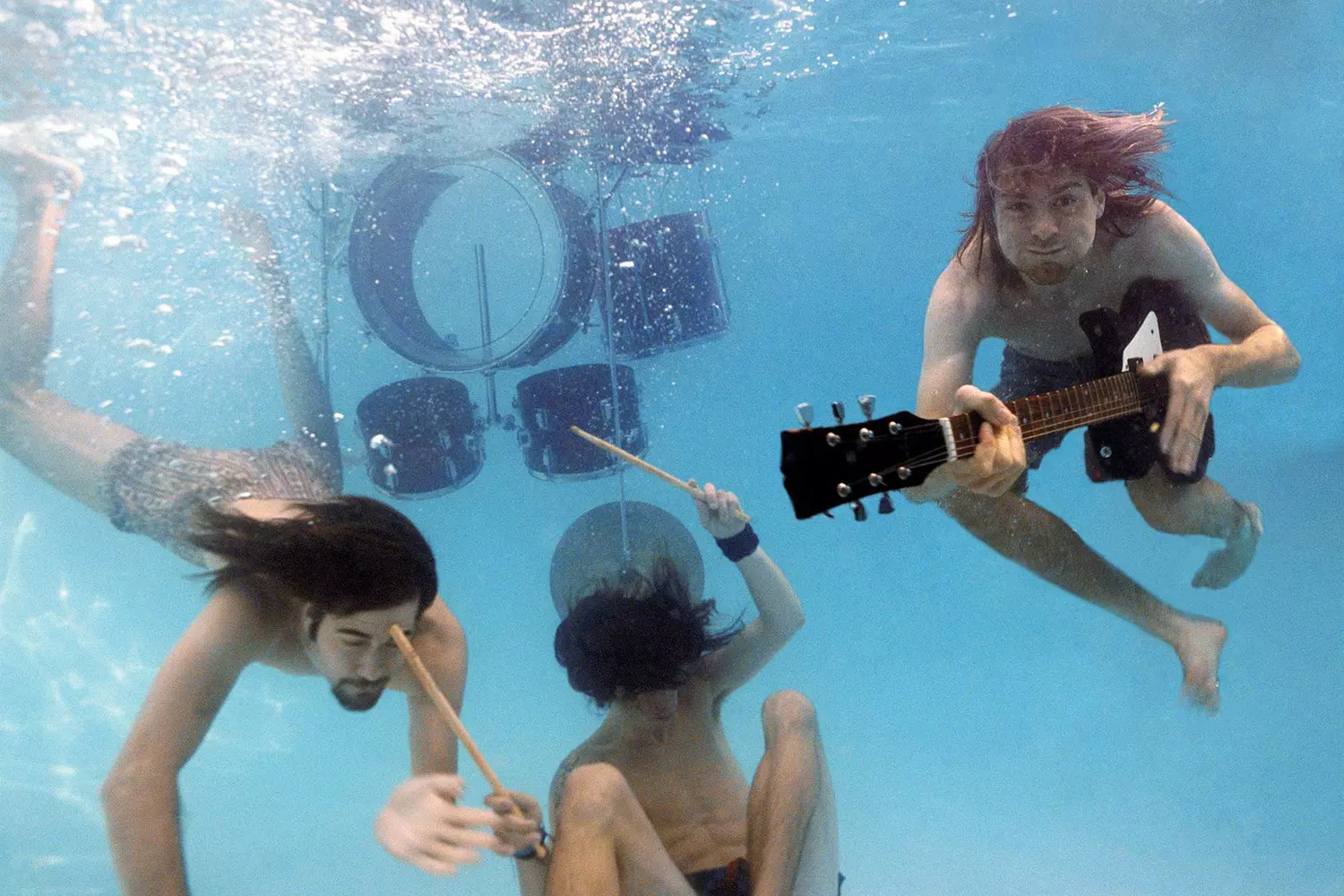
The Emotional and Sensitive 2000s: The Rise of Emo
The story of the next American subculture is quite unusual. Its roots can be traced back to the 1980s, but it only gained widespread popularity in the 2000s. This is, of course, about Emo (short for "emotional"). The abundance of violence and hardcore punk in the 1980s led to a musical counter-movement characterized by lyrical, romantic, and often tearful themes set to rock music. However, this emotional scene didn't last long in its original form.
The unusual thematic focus for underground music resurfaced in the late 1990s with the arrival of bands like My Chemical Romance, Jimmy Eat World, and others. The peak of Emo music's popularity came in the 2000s. From this point onward, Emo could be considered a fully formed subculture.
Followers of this movement are often referred to as Emo-boys, Emo-girls, or Emo-kids. Emo culture romanticizes depression, melancholy, death, and the sufferings of love. Members of this subculture can be recognized by their distinctive style: skinny jeans, tight-fitting, brightly colored T-shirts, black asymmetrical bangs, pins, crossbody bags, colorful streaks in their hair, piercings, and more. Some members of this subculture can still be seen today.
Characteristics of Emo Culture
- Emotionality
Feelings and emotions are at the forefront, both in the music and the style. - Identity
- Emo culture helped teenagers find their place in society and express their uniqueness.
- Music
Emo bands created an atmosphere where everyone could feel understood and accepted.
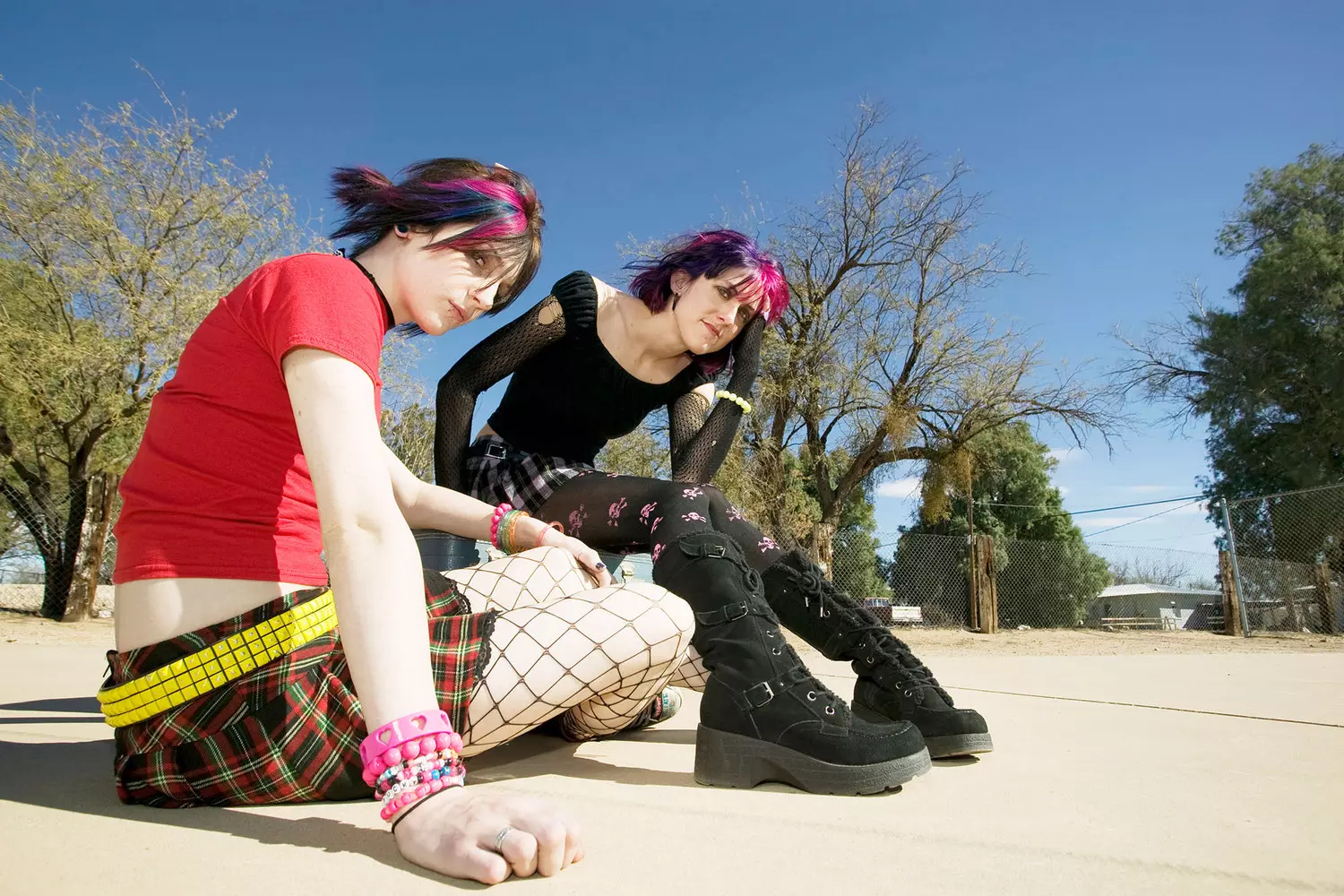
Ravers: The Subculture of Energy
Rave culture emerged in the late 1980s and gained massive popularity in the 1990s. Initially originating in the UK, it quickly spread worldwide, including the USA, becoming a symbol of youth culture brimming with energy, freedom, and experimentation.
Raves, initially underground parties, were held in abandoned warehouses, farms, or remote locations to avoid police attention. These events became true phenomena, attracting thousands of young people eager to immerse themselves in the world of electronic music and break free from everyday restrictions.
Music and Style
The foundation of rave culture was electronic dance music (EDM), including genres like techno, house, trance, and drum and bass. The music at raves was characterized by hypnotic rhythms, often accompanied by light shows and lasers, creating an immersive atmosphere.
Ravers were known for their bright, eccentric clothing, featuring fluorescent colors, glowing accessories, baggy pants (parachute pants), and elements of fetish and cyberpunk fashion. Beaded bracelets and necklaces, which symbolized friendship, were popular and exchanged between party-goers.
Ideology and Influence
Rave culture embraced the principles of PLUR (Peace, Love, Unity, Respect). This movement aimed to create a safe and accepting space where people could be themselves, regardless of race, gender, or sexual orientation. Raves symbolized free self-expression and experimentation with perception, often including the use of psychedelic substances that helped ravers “expand their consciousness.”
Rave culture significantly influenced fashion, music, and youth culture as a whole. Electronic dance music became mainstream, and many elements of rave style infiltrated street fashion and commercial music. However, as raves grew in popularity, commercialization began, leading to the loss of some of the original authenticity and underground spirit.
Key Features of Rave Culture
- Music
Techno, house, trance. - Fashion
Bright, fluorescent clothing, glowing bracelets, baggy pants. - Philosophy
Freedom of self-expression, experimentation with psychedelic substances, community spirit.
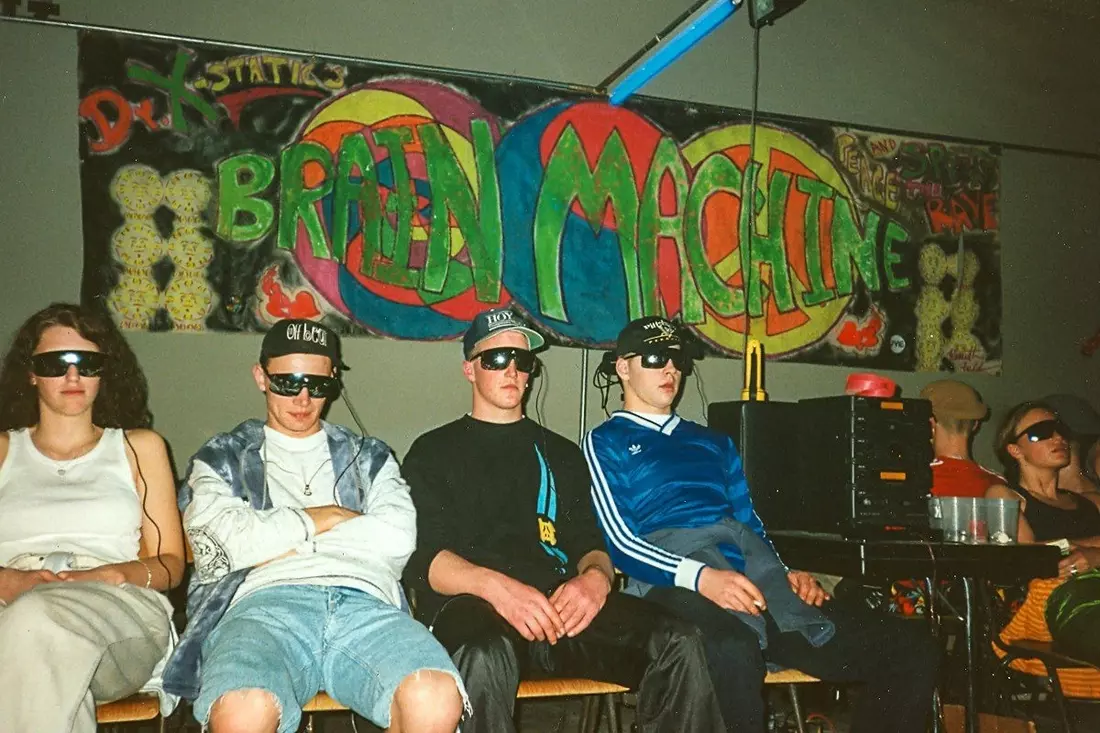
Skateboarders: Freedom on Wheels
Skateboarding, which originated in California in the 1960s, evolved into a full-fledged subculture by the 1980s and 1990s, bringing together young people seeking freedom and self-expression. Initially, skateboarding was an alternative to surfing when the waves were too calm. Early skateboards were simply wooden boards with wheels attached. Over time, skateboarding evolved into a distinct sport with unique tricks and riding styles.
Skateboarding culture is closely tied to punk rock and hip-hop, with music from these genres providing the soundtrack for skaters, reflecting their rebellious spirit and rejection of societal norms. Skaters’ fashion was dominated by baggy pants, t-shirts featuring skate brands like Vans, and flat-soled sneakers for better grip during tricks.
Skateboarding is not just a sport — it’s a way of life. Skaters rejected traditional sports structures and competitions, preferring free riding in the streets, skate parks, and empty pools. The culture is built on a DIY (Do It Yourself) ethos, evident in the creation of their own skateboards and ramps, as well as in their individual skating styles.
Skateboarding culture significantly influenced modern street fashion and art. Many graffiti artists and designers drew inspiration from skateboarding, creating art that became iconic symbols of this subculture. Skateboarding also spawned numerous brands and media projects, such as skate magazines and videos, that have immortalized the culture and spread it worldwide.
Key Features of Skateboarding Culture
- Fashion
Baggy pants, Vans or Converse sneakers, t-shirts with brand logos. - Music
Punk rock, hip-hop. - Philosophy
Independence, defiance of societal norms, DIY culture.

Every era gives rise to its own wave of rebels — and in America, this was especially evident in youth subcultures. Punk exploded onto the scene, goths embraced aesthetic darkness, and emos turned inward to explore their emotions. All of them — so different at first glance — were united by one thing: the desire to be heard, understood, and not to disappear into the grey crowd.
Subcultures were never just about fashion — they became the voice of entire generations. More than just hairstyles, ripped jeans, or piercings, they were a way to speak out, challenge societal norms, and sometimes — simply find others like you.
America knows how to create not only technologies and movies but also cultural movements that impact the whole world. And subcultures are living proof of that. Many of them may have faded, but the spirit of freedom, rebellious self-expression, and individuality lives on. And that means — the story continues.
No matter what music you prefer or which subculture you identify with, American Butler can organize an unforgettable journey: from rock concerts and grunge festivals to hip-hop battles and beyond. Just send us a message.
























